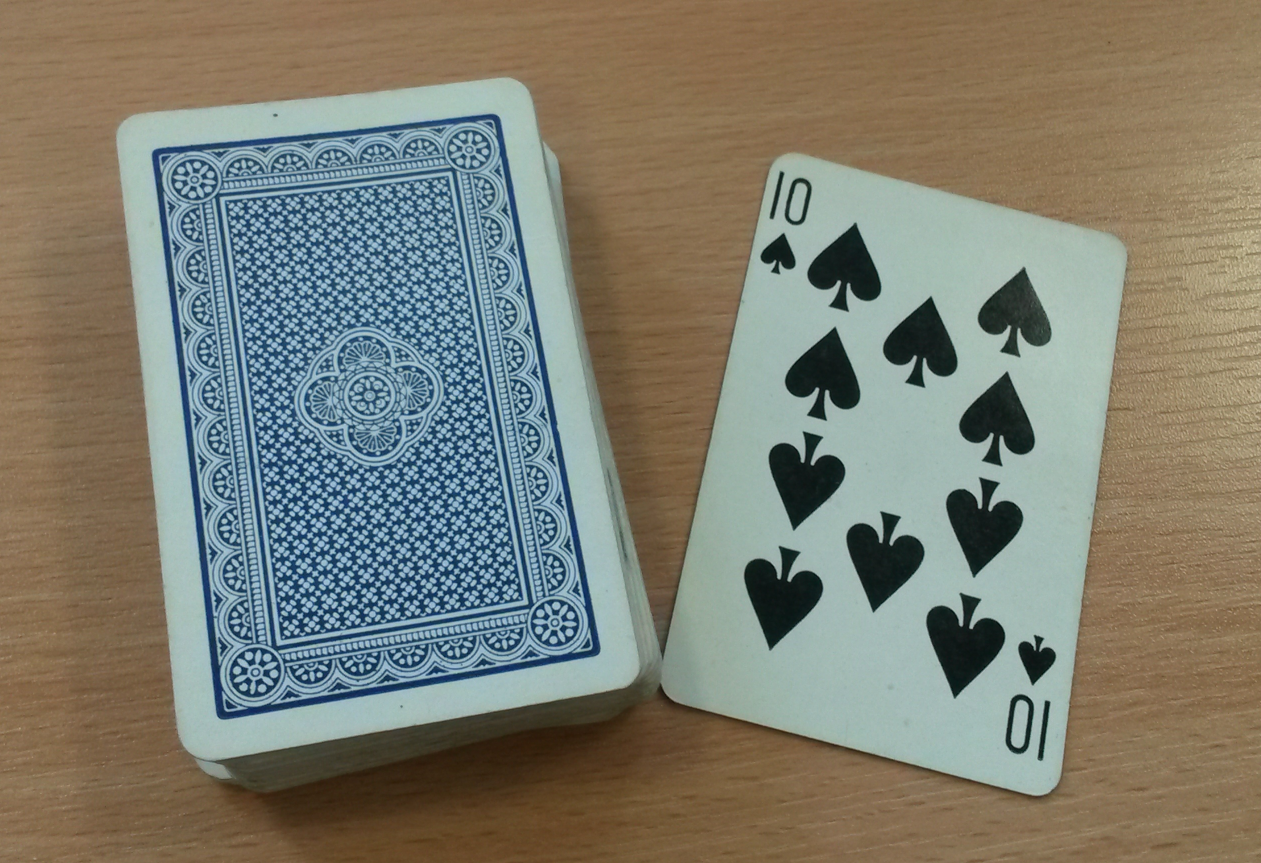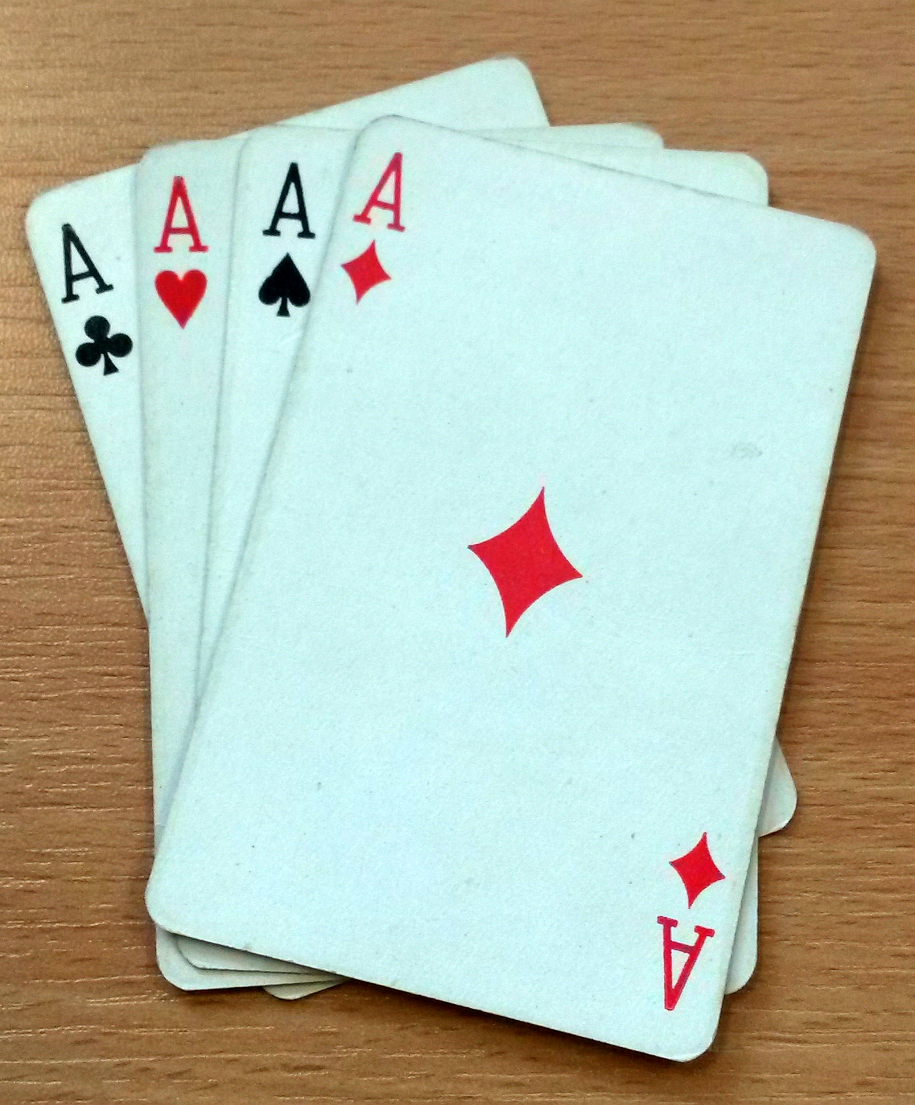Background information on Probability (Business)
Definitions
Experiment - An activity where we do not know for certain what will happen, but we will observe what happens, e.g. we roll a fair die.
Outcome- One of the possible things that can happen, e.g. we roll a six.
Event - A particular collection of outcomes e.g. we roll an even number: there are 3 possible outcomes in this event (we could roll a two, a four or a six).
Sample Space - The set of all possible outcomes, e.g. we can roll a one, two, three, four, five or six.
Mutually Exclusive - Two events are mutually exclusive if both cannot occur at the same time, for example, we cannot roll a six and an odd number at the same time.
Independent - Two events are independent if the occurence of one does not affect the probability of the other occuring, e.g. rolling a 6 the first time does not affect the probability of rolling a 6 the next time.
What is probability?
Probability is a mathematical way of describing how likely an outcome or event is to occur. Probabilities are usually expressed as fractions, decimal numbers or percentages and are measured on a scaled between zero and one. An impossible event has a probability of zero and a certain event has a probability of one.
Notation
$S = \{...\}$ is the sample space, e.g. $S = \{1, 2, 3, 4, 5, 6\}$ for rolling a fair die.
$\mathrm{P}(\text{event})$ means the probability of the event occuring.
Illustrative Example
Suppose we have an ordinary deck of $52$ playing cards (without the jokers) and we draw one card from the deck at random and then look to see what card we have drawn. The experiment is the act of drawing a card from the deck, the outcome is the particular card that we happen to draw, and the sample space is the set (collection) of all the different cards in the deck.

There are lots of different possibilities for events, here are just a few:
1) We draw a red card (hearts or diamonds). There are $26$ outcomes in this event so the probability of this event is: \begin{align} P(\text{red card})&=\dfrac{26}{52}\\ &=\dfrac{1}{2}\\ &=0.5 \end{align} 2) We draw an ace. There are $4$ outcomes in this event so the probability of this event is: \begin{align} P(\text{ace})&=\dfrac{4}{52}\\ &=0.08 \text{ (to 2 d.p.)} \end{align} 3) We draw the $10$ of spades. There is just one outcome in this event.
4) We draw a red card which is also an ace. There are $2$ outcomes in this event.
5) We draw a card that is black and a diamond. There are $0$ outcomes in this event.
6) We draw a card that is red or black. There are $52$ outcomes in this event.

Event $5$ is an example of an impossible event, it cannot happen. Black cards are either clubs or spades but not diamonds. Notice that there are zero outcomes in this event. Even though this cannot ever happen, we still call this an event.
Event $6$ is an example of a certain event, it must happen. Whatever card we draw it must be either red or black. Notice that every outcome in the sample space (every one of the $52$ cards in the deck) is in this event.
Events $2$ and $3$ are mutually exclusive. Either of them can occur but not both at the same time, if we draw an ace then we cannot also have drawn the $10$ of spades (we are only drawing one card) and vice versa.
Events $1$ and $2$ are independent. If we draw a red card this does not affect the probability that the card is an ace. Similarly, if we draw an ace, this does not affect the probability that the card is red.
See Also
To develop these ideas further see the pages on discrete probability distributions and continuous distributions.